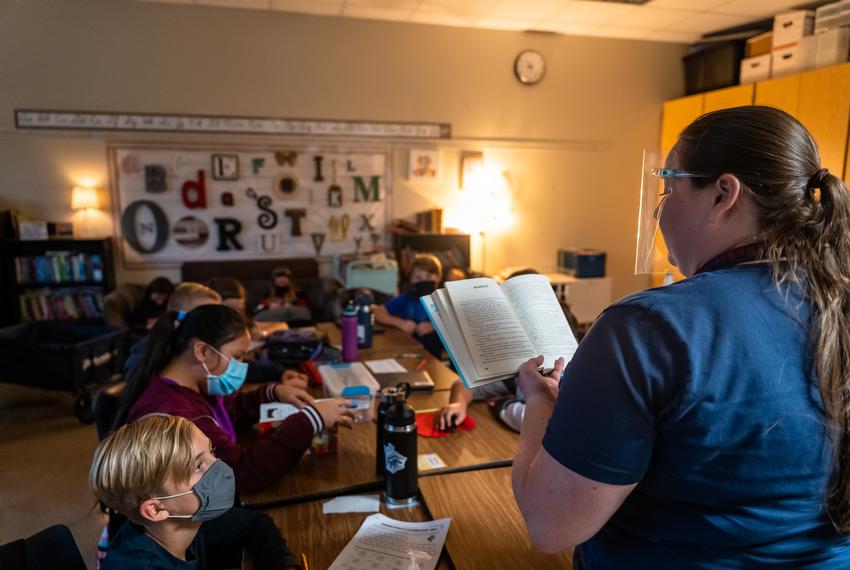A popular question is: what is CRT in education? This article will answer this question by examining arguments against teaching critical race theory in schools. It will also discuss critiques of CRT’s tenets, and the impact anti-CRT legislation has had on K-12 education. Read on to learn more. Until then, we’ll focus on the tenets of CRT. What does CRT mean for K-12 education?
Arguments against teaching critical race theory in schools
Critics of critical race theory argue that it pits students against one another, and that it is a political weapon. The theory originated from the work of Derrick Bell, Kimberle Crenshaw, Mari Matsuda, Richard Delgado, and others. Today, it is mostly found in academic literature, and few K-12 schools teach it. Its proponents, however, contend that it is a valuable lens for understanding racism.
But while critical race theory was originally an academic framework, it has become a catch-all term for conservative critics. While it is not widely taught in schools, it has been used by conservatives as a way to demonize efforts to teach history. And while critical race theory is popular, it does not poll well. Many people don’t even understand the term, which makes it difficult to understand. On the other hand, if critical race theory focuses on the present-day effects of racism, then it will be more popular and meaningful.
Criticisms of CRT’s tenets
Some critics argue that CRT has led to a “divisive” anti-American discourse and that it is inappropriate to include its principles in education. Critics of CRT say that black history month programs do not reflect its principles, and that white nationalists have incited violence and made bomb threats at historically Black colleges and universities. Yet other critics argue that the moral panic is politically manufactured.
The criticism of CRT’s tenet in education is often based on erroneous claims. Critics say that the theory deflects attention away from the real causes of racial inequality. In reality, CRT is an empowering concept that is vital for understanding inequity in society. Yet, critics argue that it is unjust to use race as a scapegoat in educational policy.
Impact of anti-CRT laws on K-12 education
Despite the name, anti-CRT laws have very little to do with CRT. In fact, the language of these laws resembles the language of President-elect Donald Trump’s 2020 executive order. Anti-CRT laws aren’t intended to ban historical teaching of racism; rather, they are meant to prevent teachers from using race-based affirmative-action theories in their classrooms.
While most of these bills target K-12 schools, some also affect public institutions, teacher preparation programs, and state agencies. Education Week and the Educational Gag Order Index provide state-by-state analysis of these laws. If your institution or school violates anti-CRT laws, you could lose state funding and institutional accreditation. This is why it is crucial to understand the impact of anti-CRT laws on K-12 education.

